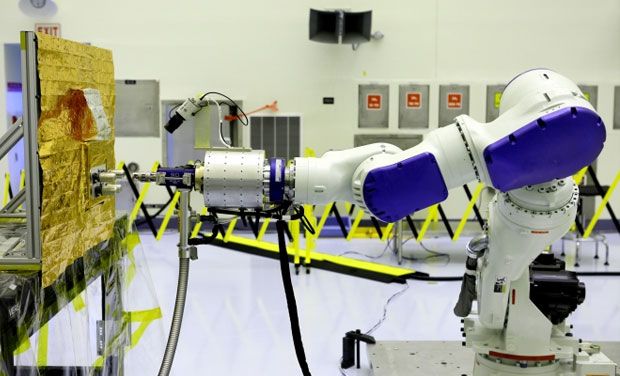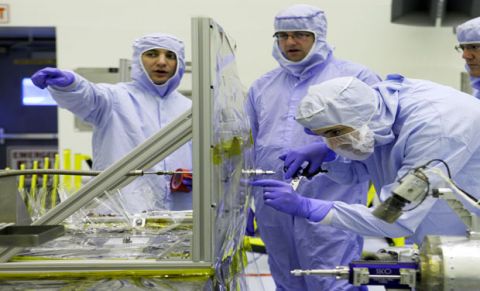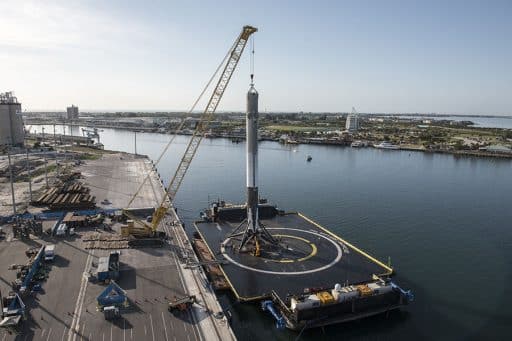In 2012, we reported that in order to repair and refuel the satellites in space without bringing them back to Earth, space agency NASA had been developing a service robot. The robot will go into space, refuel the satellites and if needed will repair them. But now NASA has confirmed that it is developing a unique Robotic Satellite Refueling System.
From weather observations to navigation to communications, satellites play vital roles in everyday life. But at the same time it’s true that satellites become useless when they run out of fuel (satellite fuel is known as hypergolic propellants). Moreover, bringing the satellites back to Earth, refueling them and again sending them into space is costly and a wastage of time. So NASA has introduced its ‘Remote Robotic Oxidizer Transfer’ technology (Groundbreaking Technology) that will help the agency refueling the aging satellites that were never meant to be refueled.
Lately, NASA has said that since April 2011, engineers have been working to build robotic satellite servicing technologies to bring in-orbit inspection, repair, refueling, component replacement and assembly capabilities to spacecraft needing aid. However, a team at NASA’s Kennedy Space Center in Florida, collaborating with counterparts at the agency’s Goddard Space Flight Center in Greenbelt, Md., recently demonstrated the groundbreaking technology that could add additional years of service to satellites.
The Goddard’s Satellite Servicing Capabilities Office (SSCO) demonstrated that a remotely operated robot – with supporting technologies – could transfer oxidizer into the tank of another orbiting spacecraft not originally designed to be refueled. Kennedy’s propellant transfer system was an essential part of this Remote Robotic Oxidizer Transfer Test, or RROxiTT.
On the other hand, the team at Goddard shipped an industrial robotic arm to Kennedy for the test. From 800 miles away in Maryland, the team remotely controlled the robotic arm with its attached SSCO oxidizer nozzle tool to connect with a propellant fill and drain valve on the simulated satellite’s servicing panel. Downstream, the Kennedy-provided propellant transfer system and hose delivery assembly flowed oxidizer through the tool into the client fill-drain valve, with all hardware located in the Kennedy facility in Florida.
Brian Nufer, a fluids engineer in the Fluids Engineering Branch of NASA Engineering and Technology, said, “This is a unique test that’s never been done, as far as we know, anywhere in the world.”
By developing robotic capabilities to repair and refuel geosynchronous (GEO) satellites, NASA said it hopes to add years of functional life to satellites and expand options for operators who face unexpected emergencies, tougher economic demands and aging fleets. NASA also hopes that remote refueling technologies will help boost the commercial satellite-servicing industry that is rapidly gaining momentum.
Sources: NASA (1), NASA (2)
Thanks To: Deccan Chronicle
[ttjad keyword=”security”]




